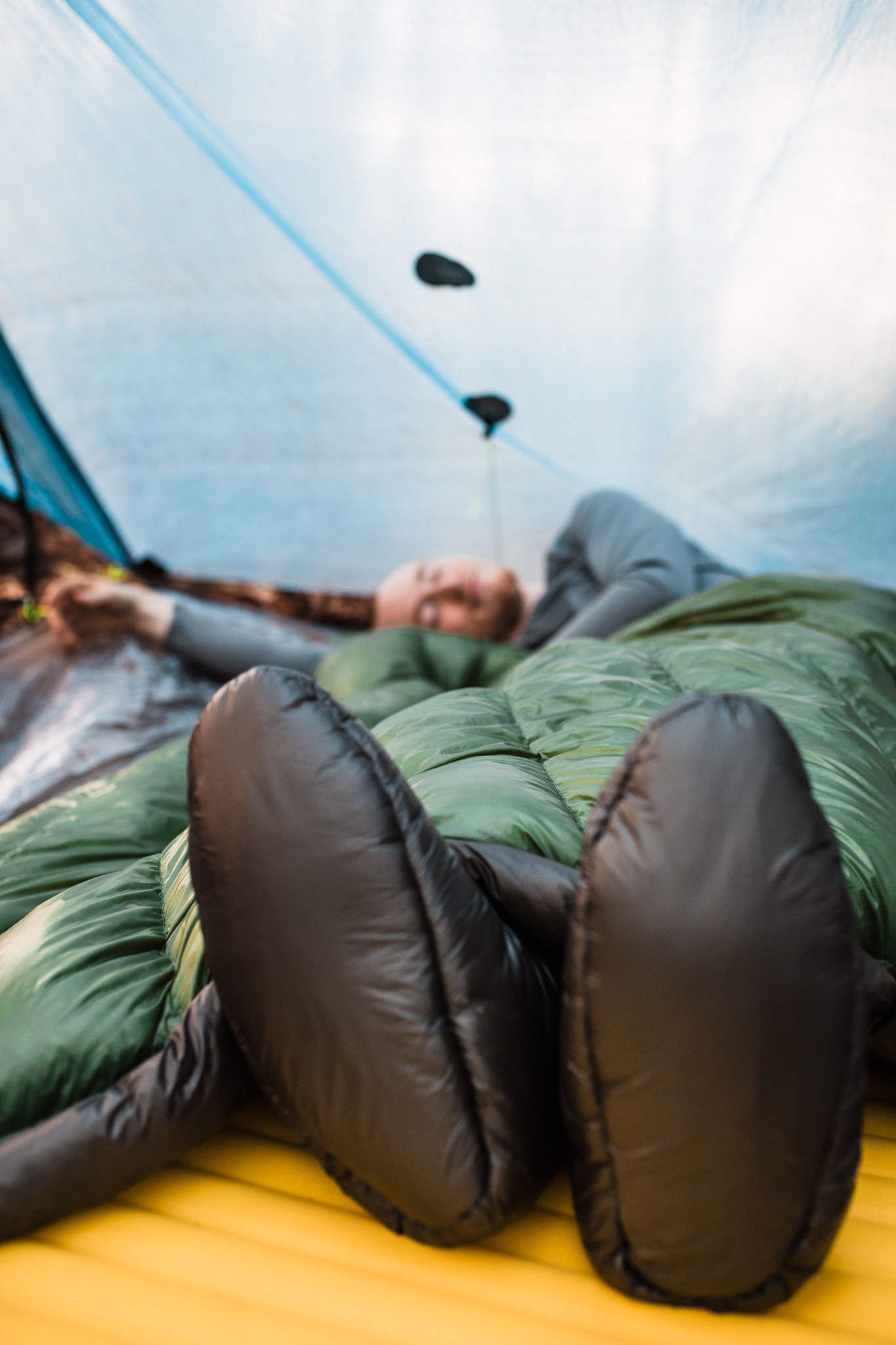WE’RE HERE TO HELP
Why do we keep calling it a Sleep System? Can't I just roll out my sleeping bag and be good?
Why can't temperature ratings all just be the same?! Let's try to make an (unfortunately) long story short.
Make sure you have the best night of sleep possible - body temperature management, caloric intake, & more.


















